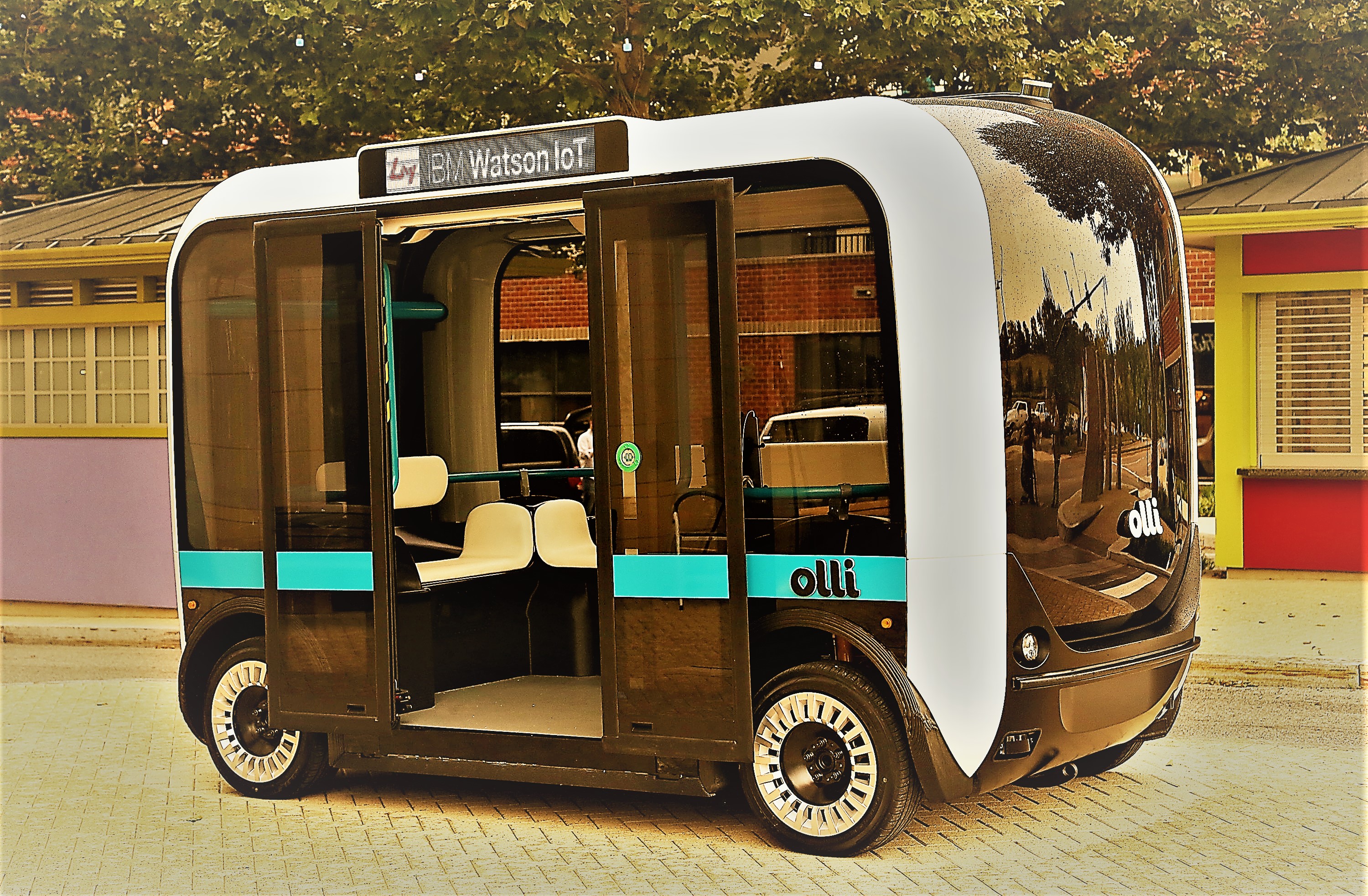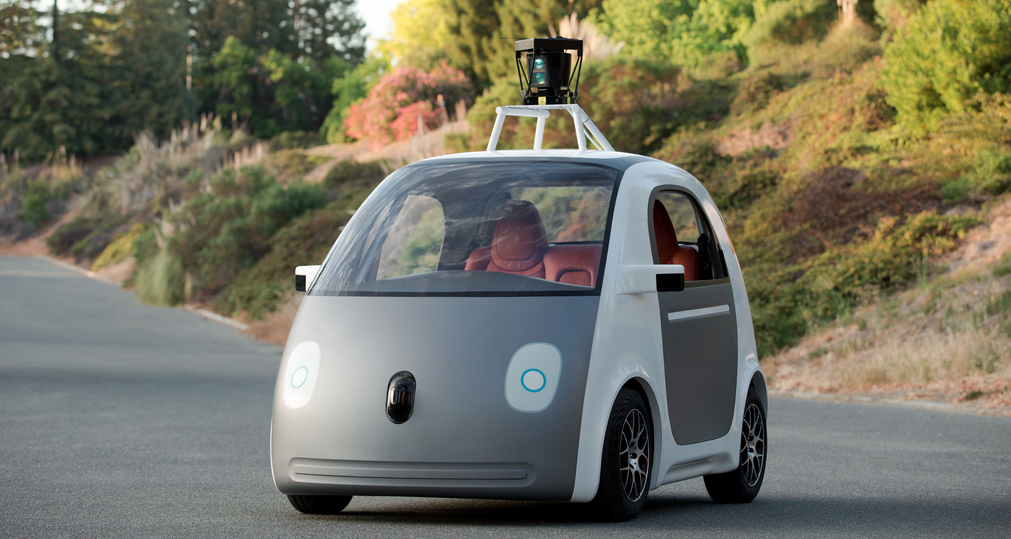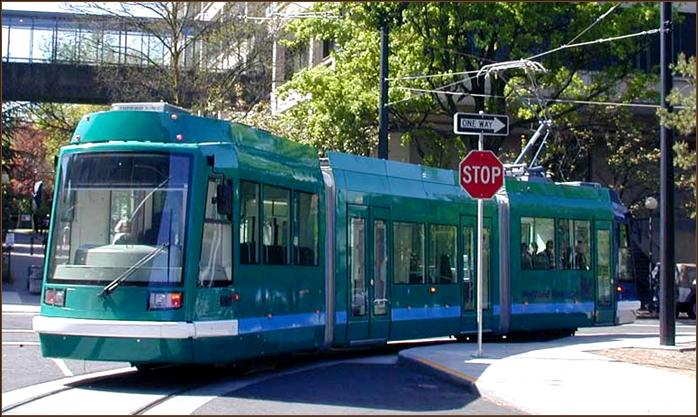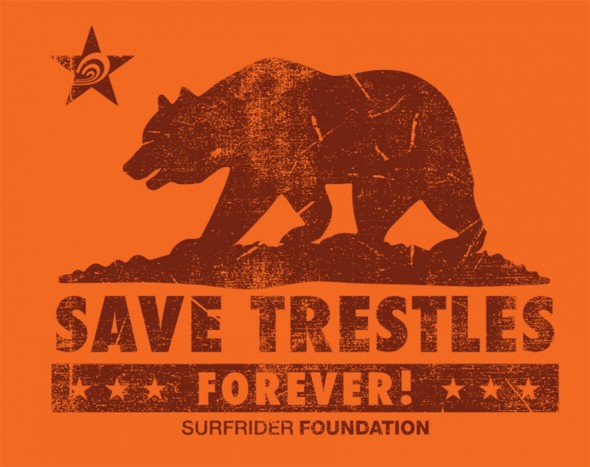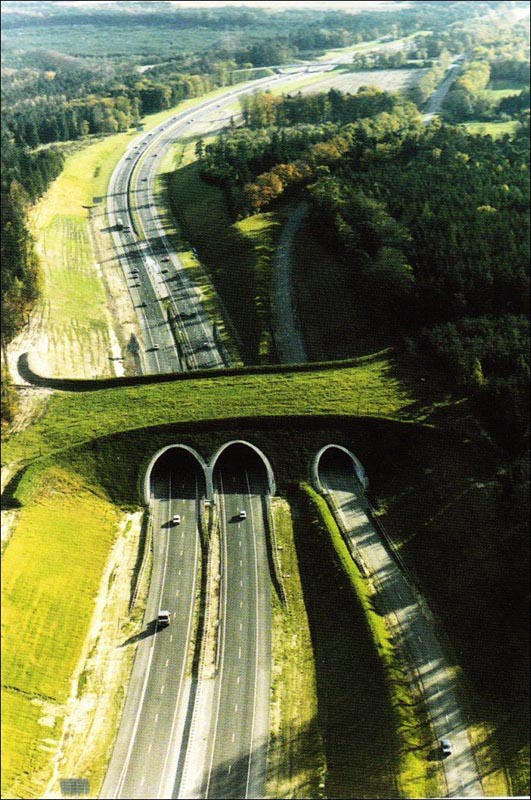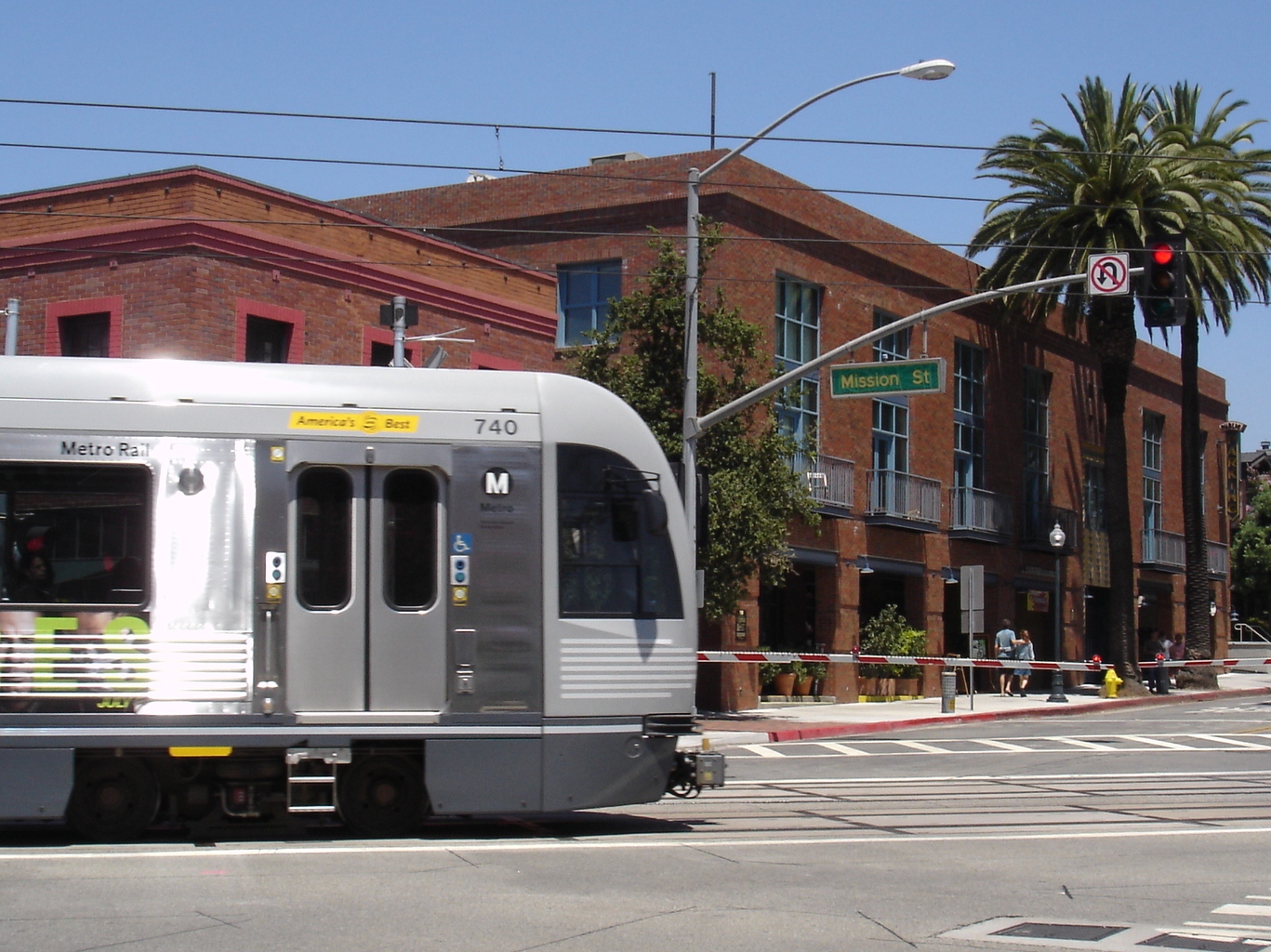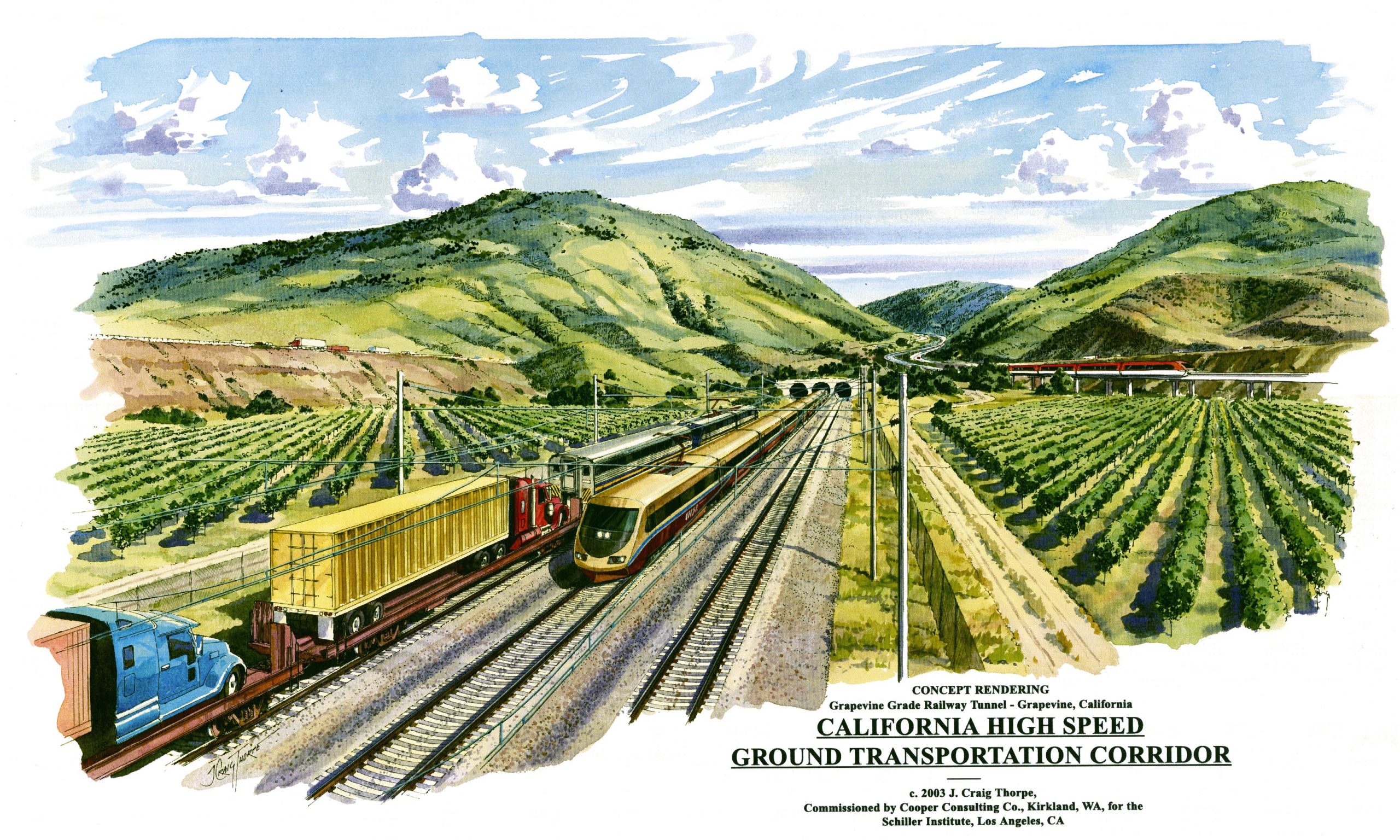Urban sustainability depends upon reducing energy from automobile usage and maximizing transportation efficiency through public trains, streetcars, electric buses, and people movers. The companies developing autonomous cars could not care less: they offer on-demand private transport for the masses, with specific intent to move people back to cars.
Transportation
A survey of transportation visions, from public transit, light rail, streetcars, bus rapid transit, personal rapid transit, and the future of freeways, automobiles, toll roads. Let us not forget bicycles and walking.
Pod Cars: Autonomous Vehicles vs. Personal Rapid Transit
The age of the pod car might be upon us, but not necessarily as the long-envisioned Personal Rapid Transit. Good for amusement parks and Google’s main campus, as well as small newly-built cities or airport shuttles, PRT systems have too many limitations in dense urban areas. The real future for the pod car, like it or not: Autonomous (Self-Driving) Vehicles.
Place Mobility: Streetcars, Bus Rapid Transit and Light Rail
Across the US, inspired by the success of Portland’s streetcar and a movement toward downtown revitalization and expanding public transit alternatives, projects enhancing place mobility move forward despite controversy.
Orange County Toll Road to Nowhere Denied Permits
Orange County’s Toll Road Agency is pushing the first segment of a previously rejected road extension that will have significant and irreversible environmental and economic impacts. According to the Save San Onofre Coalition and the State Attorney General, the project had failed to undertake sufficient environmental studies. As a result, the Regional Water Board in San Diego decided to deny the project a waste discharge permit.
Wildlife Crossings: Animals Survive with Bridges and Tunnels
Providing crossing infrastructure at key points along transportation corridors is known to improve safety, reconnect habitats and restore wildlife movement. Throughout Europe, Asia, Australia and North American, wildlife crossing structures have been implemented with demonstrable success.
A Los Angeles Rail~Volution: A City in Sustainable Transition
The Rail~Volution Conference rolled into Los Angeles to illustrate how transit projects energize neighborhoods, meeting a significant demand for multi-density housing walkable to restaurants, offices, and shops. They can transform the landscape and mindset, in this case, of auto-addicted Southern California. One stop at a time.
Vision of Sustainable Mobility? High-Speed Rail Challenges California
Despite an eventual pricetag of $68 billion and numerous engineering, environmental and political challenges, the California bullet train offers a promising vision of sustainable mobility, posing less impacts and competitive costs than expanding airports and freeways.

